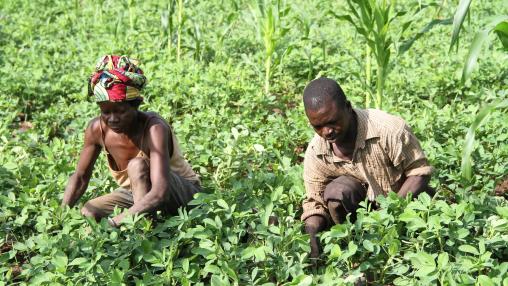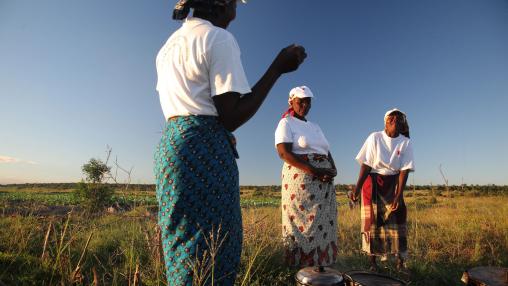Mozambique: Acute Malnutrition Situation for April - September 2025 and Projection for October 2025 - March 2026
Between October 2025 and March 2026, the nutritional situation is projected to deteriorate across the majority of districts. This decline is expected to be driven by the depletion of household food reserves, limited access to safe drinking water, and inadequate coverage of essential health and sanitation services. These factors collectively heighten the risk of malnutrition, particularly among vulnerable populations.
Mozambique: Acute Food Insecurity Situation for April - September 2025 and Projection for October 2025 - February 2026
The key drivers of the situation include climatic shocks—drought and irregular rainfall—in the southern and central areas of the country, as well as high food prices. In recent months, the northern part of the country has experienced a cessation of conflict and a degree of stabilisation, enabling the return of approximately 700,000 people. Despite this, more than 9,000 people remain internally displaced in Cabo Delgado. Displaced households and households in the process of returning to safe areas often face significant challenges, including limited access to agricultural production, livestock, and other forms of income generation. Their capacity to resume sustainable livelihoods remains severely constrained, leaving many entirely reliant on humanitarian food assistance. Meanwhile, sporadic attacks continue to occur in the districts of Macomia and Quissanga, where conflict continues to undermine security and recovery efforts.

Gender, Assets, and Agricultural Development: Lessons from Eight Projects
Ownership and control of assets have become increasingly recognized for their role in reducing poverty and improving individuals’ and households’ long-term well-being. In addition, research has shown that women’s ownership and control of assets can have important development outcomes both for women themselves and for their families.

Gender and Land in Mozambique: Who Holds the Power?
At first glance, it may seem that women in northern Mozambique might enjoy more power than women in other places, at least in the agricultural sector. In this region, land is often passed through matrilineal rather than patrilineal lines. And since the enactment of the Mozambique Land Law in 1997, one might expect that women here are better able to access land and retain control over land they bring with them into marriage.

Reducing Micronutrient Deficiency with Biofortification
Micronutrient malnutrition is caused by a lack of vitamins and minerals in the diet. Poor people are particularly vulnerable to micronutrient malnutrition, as their diets consist mainly of grains and don’t include many vital fruits, vegetables or animal products.